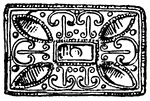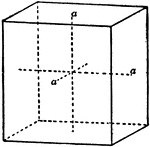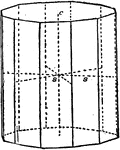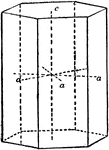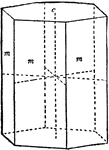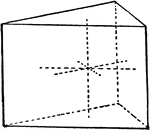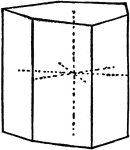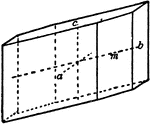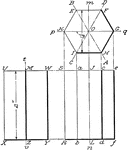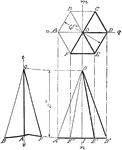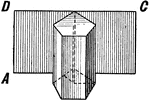
Surfaces Of A Prism
Illustration of a pentagonal prism showing, "If a piece of paper is fitted to cover the convex surface…

Surfaces Of A Cylinder
Illustration of a cylinder showing, "If a piece of paper is fitted to cover the convex surface of a…
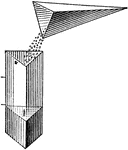
Comparative Volumes Of A Pyramid And Prism
Illustration used to compare the volumes of a pyramid and a prism by emptying sand from the pyramid…
Similar Rectangular Solids
Illustration of a 1 in. by 2 in. by 1 in. rectangular solid that is similar to a 2 in. by 4 in. by 2…
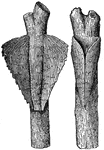
Cocoon of Pyralis Corticalis
"This was the beginning of a cocoon. Each triangular blade was composed of a great number of small,…

Steam-Coil Evaporator
"This term is applied indiscriminately to evaporators with steam-pipe, whether arranged in the form…
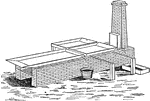
Intermittent evaporation process
"In this mode of evaporating a variety of plans and arrangements for connivence are employed. The pans…
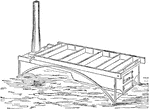
Jacobs Pan
"Jacobs evaporator consists of a plain rectangular shallow pan of any convenient length and width, made…

Porro Prism
Double Porro prism systems are used in small optical telescopes to re-orient an inverted image, and…
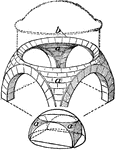
Diagram of Pendentives
A pendentive is a constructive device permitting the placing of a circular dome over a square room or…

Zircon
"Zircon, a mineral composed of of zirconium silicate, sometimes used as a gem-stone... THe mineral crystallizes…
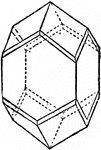
Zircon
"Zircon, a mineral composed of of zirconium silicate, sometimes used as a gem-stone... THe mineral crystallizes…
Architrave of Entablature over Doorway at the Great Temple at Philæ
An entablature refers to the superstructure of moldings and bands which lie horizontally above columns,…

Mutule, Side View
Rectangular block under the soffit of the cornice of the Greek Doric temple, which is studded with guttae.…

Mutule, Front View
Rectangular block under the soffit of the cornice of the Greek Doric temple, which is studded with guttae.…

Trough Battery
The trough battery was a variant of the Voltaic Pile and was invented by William Cruickshank c1800.…
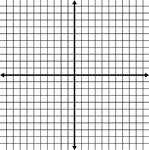
Blank Coordinate Grid With Grid Lines Shown
Illustration of an xy grid/graph with grid lines shown. It is the Cartesian coordinate system. Neither…
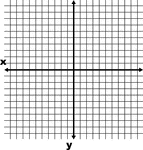
Coordinate Grid With Axes Labeled And Grid Lines Shown
Illustration of an xy grid/graph with grid lines shown. It is the Cartesian coordinate system with both…

Frustum Of A Rectangular Pyramid With Hole
Illustration of a frustum of a pyramid having a rectangular base and a hole passing through the center…
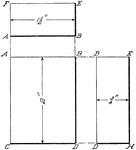
Projection Of Rectangular Prism
Illustration of the projection of a rectangular prism that is represented as if it were standing on…
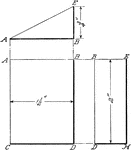
Projection Of Wedge
Illustration of the projection of a wedge of a rectangular prism that is standing on one of its triangular…
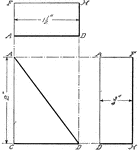
Projection Of Wedge
Illustration of the projection of a wedge of a rectangular prism that is standing on one of its rectangular…
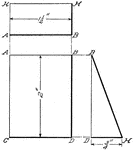
Projection Of Wedge
Illustration of the projection of a wedge of a rectangular prism that is viewed from the side.
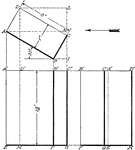
Projection Of Rectangular Prism
Illustration of the projection of a rectangular prism whose broad side makes an angle of 30° with…
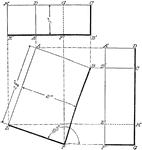
Projection Of Rectangular Prism
Illustration of the projection of a rectangular prism whose base makes an angle of 160° with the…
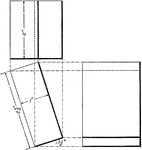
Projection Of Rectangular Prism
Illustration of the projection of a rectangular prism whose base makes an angle of 17.5° with the…
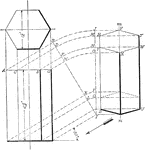
Projection Of Hexagonal Prism
Illustration of the projection of a hexagonal prism having two of its parallel sides parallel to the…
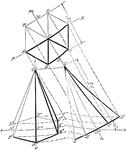
Projection Of Hexagonal Prism
Illustration of the projection of a hexagonal prism whose axis is parallel to the plane of the paper…
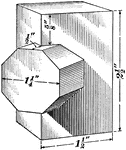
Intersecting Prisms
Illustration of the intersection of a quadrangular prism and an octagonal prism. The figures intersect…
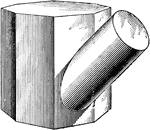
Intersecting Prism and Cylinder
Illustration of the intersection of an octagonal prism and a cylinder. The figures intersect at an oblique…
Development Of Rectangular Prism
Illustration of the development of a rectangular prism. "Assume now that the prism is laid on the drawing…

Plane Intersecting Octagonal Prism
Illustration showing the intersection of a plane with an octagonal prism.

Trigonometry Grid With Domain -π to π And Range -1 to 1
Illustration of a trigonometric grid with a domain from -π to π and a range from -1 to 1. The…
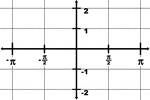
Trigonometry Grid With Domain -π to π And Range -2 to 2
Illustration of a trigonometric grid with a domain from -π to π and a range from -2 to 2. The…
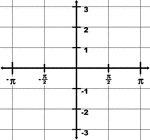
Trigonometry Grid With Domain -π to π And Range -3 to 3
Illustration of a trigonometric grid with a domain from -π to π and a range from -3 to 3. The…
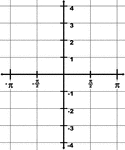
Trigonometry Grid With Domain -π to π And Range -4 to 4
Illustration of a trigonometric grid with a domain from -π to π and a range from -4 to 4. The…
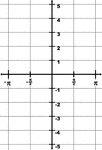
Trigonometry Grid With Domain -π to π And Range -5 to 5
Illustration of a trigonometric grid with a domain from -π to π and a range from -5 to 5. The…

Trigonometry Grid With Domain -π to π And Range -6 to 6
Illustration of a trigonometric grid with a domain from -π to π and a range from -6 to 6. The…

Trigonometry Grid With Domain -π to π And Range -7 to 7
Illustration of a trigonometric grid with a domain from -π to π and a range from -7 to 7. The…

Trigonometry Grid With Domain -π to π And Range -8 to 8
Illustration of a trigonometric grid with a domain from -π to π and a range from -8 to 8. The…

Trigonometry Grid With Domain -π to π And Range -9 to 9
Illustration of a trigonometric grid with a domain from -π to π and a range from -9 to 9. The…

Trigonometry Grid With Domain -π to π And Range -10 to 10
Illustration of a trigonometric grid with a domain from -π to π and a range from -10 to 10. The…
Trigonometry Grid With Domain -2π to 2π And Range -1 to 1
Illustration of a trigonometric grid with a domain from -2π to 2π and a range from -1 to 1. The…






